
The Pros and Cons of Green Roofs or Living Roofs
- What Are Green Roofs or Living Roofs?
- The Pros of Green Roofs
- The Cons of Green Roofs
- Green Roof Installation: What to Consider
- Real-Life Examples of Green Roofs
- Should You Choose a Green Roof for Your Property?
1. What Are Green Roofs or Living Roofs?
Green roofs, also known as living roofs, are roof systems that are partially or completely covered with vegetation. This type of roofing includes a layer of plants grown on a waterproof membrane, providing both aesthetic and environmental benefits. Green roofs can be installed on residential, commercial, and industrial buildings, turning a simple rooftop into a lush, green space that offers numerous advantages.
In essence, a green roof combines living, natural elements with traditional roofing materials, creating a beautiful, eco-friendly, and functional solution for modern buildings. Whether you're looking to increase energy efficiency, enhance your building’s aesthetic appeal, or contribute to environmental sustainability, green roofs may be the perfect fit.
2. The Pros of Green Roofs
There are numerous benefits to installing a green roof, which make them an appealing option for environmentally conscious property owners. Here are the top advantages:
2.1. Environmental Benefits
Green roofs help improve air quality by absorbing carbon dioxide and releasing oxygen. They also reduce the urban heat island effect, where cities become significantly warmer than surrounding rural areas due to the concentration of buildings and human activity. The vegetation on green roofs helps cool the environment by absorbing sunlight and releasing moisture into the air, reducing the need for air conditioning and lowering energy costs.
2.2. Energy Efficiency
One of the main advantages of green roofs is their ability to improve energy efficiency. The plant layer on top of a building acts as insulation, helping to regulate the temperature inside. During the summer, the green roof provides shade and reduces the heat absorbed by the building, lowering the need for air conditioning. In winter, the insulation provided by the plants helps keep the building warmer, reducing heating costs.
2.3. Stormwater Management
Green roofs are excellent for managing stormwater. They absorb rainwater, preventing it from flowing directly into the drainage system, which can help reduce flooding and erosion. The plants and soil on the roof retain water, allowing it to slowly evaporate or be absorbed by the plants, thus reducing the burden on stormwater systems and mitigating the risk of flash floods.
2.4. Increased Aesthetic Appeal
A green roof can transform a plain building into an aesthetically appealing space. The vibrant greenery adds a touch of nature to urban environments, which can improve the building's appearance and contribute positively to the surrounding area. Additionally, green roofs can be used as recreational spaces for residents or employees, providing a peaceful retreat from the bustle of the city.
3. The Cons of Green Roofs
While green roofs offer many benefits, they also come with some challenges and potential downsides. It's important to weigh these factors before deciding if a green roof is the right choice for your building:
3.1. High Initial Cost
One of the main drawbacks of installing a green roof is the high initial cost. Green roofs require specialized materials, professional installation, and additional structural support, all of which can make them more expensive than traditional roofing systems. While the long-term energy savings can offset this initial investment, the upfront cost can be a barrier for some property owners.
3.2. Maintenance Requirements
Green roofs require ongoing maintenance to ensure that the plants remain healthy and the system functions properly. This includes watering, weeding, and sometimes replacing plants that have not thrived. Depending on the size and complexity of the green roof, maintenance can be time-consuming and may require professional assistance, adding to the long-term costs.
3.3. Structural Considerations
Not all buildings are structurally equipped to support a green roof. Adding the weight of soil, plants, and the irrigation system can place additional stress on the building’s structure. Before installing a green roof, it's essential to assess the structural integrity of the building to ensure it can handle the added weight. This may involve consulting with an engineer or architect, adding to the overall cost of the project.
3.4. Limited Plant Variety
While green roofs offer beautiful vegetation, the types of plants that can be used are often limited. The plants must be able to survive in a harsh environment with minimal soil depth, and some plants may not thrive in the conditions of a rooftop. Choosing the right plants is essential, and while drought-tolerant species can be ideal, the variety may not be as diverse as what you could plant in a traditional garden.
4. Green Roof Installation: What to Consider
If you decide that a green roof is right for you, there are several key considerations to keep in mind during installation:
4.1. Building Suitability
Ensure that your building is structurally suitable for a green roof. This includes assessing the weight-bearing capacity of the roof, the waterproofing system, and the drainage infrastructure. Consulting with an expert is crucial to determine if your building can support the additional load and the moisture from the plants.
4.2. Proper Drainage
A proper drainage system is essential for the success of a green roof. Water that isn’t properly drained can accumulate on the roof, leading to damage to the building’s structure and plants. Installing a drainage layer and ensuring that water can flow freely off the roof is vital to the longevity of the green roof system.
4.3. Professional Installation
Green roofs should be installed by professionals with experience in green roof systems. Improper installation can lead to problems such as leaks, inadequate drainage, and plant failure. Hiring experts ensures that your green roof is built to last and will function as intended.
5. Real-Life Examples of Green Roofs
Many cities around the world are embracing green roofs, and some notable examples include:
The California Academy of Sciences in San Francisco features a stunning living roof that helps regulate the temperature of the building, reduces stormwater runoff, and provides a habitat for wildlife. This green roof serves as both an architectural and environmental marvel.
Another example is the Chicago City Hall Green Roof, one of the largest green roofs in the United States. It provides insulation, absorbs rainwater, and offers a natural space for city employees to relax, showing how green roofs can transform urban spaces.
6. Should You Choose a Green Roof for Your Property?
Deciding whether to install a green roof depends on a variety of factors, including your budget, the structural capacity of your building, and your environmental goals. Green roofs are ideal for property owners looking to reduce their environmental impact, improve energy efficiency, and create an attractive and functional green space. However, they require an upfront investment and long-term maintenance commitments.
If you’re considering a green roof, it’s essential to consult with roofing professionals like those at BeachCo Roofing Hub, who can provide guidance on design, installation, and maintenance. They can help you determine whether a green roof is the right solution for your property and ensure that it is installed correctly and sustainably.


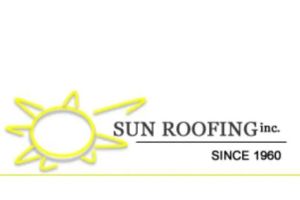
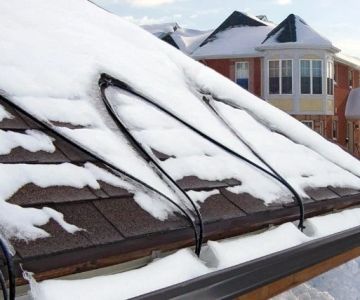

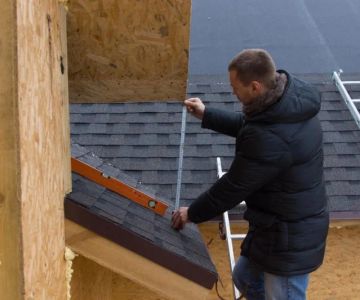
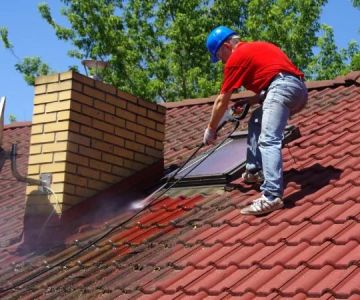

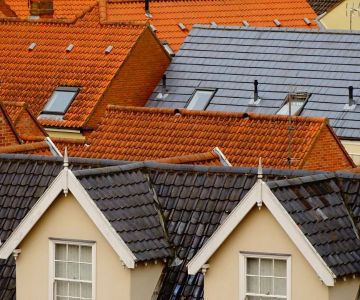
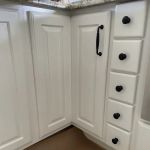 Marbin General Contractor Llc0.0 (0 reviews)
Marbin General Contractor Llc0.0 (0 reviews) Power Roofing Bay Ridge Brooklyn5.0 (33 reviews)
Power Roofing Bay Ridge Brooklyn5.0 (33 reviews)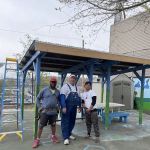 EHI Roofing3.0 (19 reviews)
EHI Roofing3.0 (19 reviews)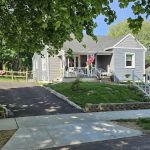 Richard Jackson Spouting Inc4.0 (16 reviews)
Richard Jackson Spouting Inc4.0 (16 reviews)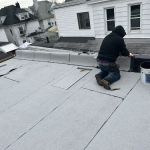 Brooklyn Contracting Group Corp.4.0 (37 reviews)
Brooklyn Contracting Group Corp.4.0 (37 reviews)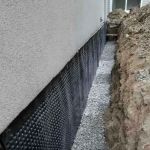 Barrys Waterproofing and Roofing4.0 (18 reviews)
Barrys Waterproofing and Roofing4.0 (18 reviews)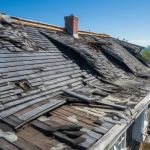 How to Identify and Repair Roof Damage from Sea Spray in Coastal Homes
How to Identify and Repair Roof Damage from Sea Spray in Coastal Homes How to Install Roof Snow Fences to Control Drifting – A Step-by-Step Guide
How to Install Roof Snow Fences to Control Drifting – A Step-by-Step Guide What is a Roofing System Health Report? A Proactive Assessment Tool
What is a Roofing System Health Report? A Proactive Assessment Tool How to Install Roof Ice Melt Systems to Prevent Ice Dams
How to Install Roof Ice Melt Systems to Prevent Ice Dams How to Install Roof Underlayment for High-Wind Roofs: A Step-by-Step Guide
How to Install Roof Underlayment for High-Wind Roofs: A Step-by-Step Guide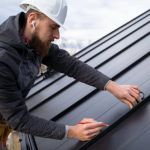 The Benefits of a Roofing Manufacturer's Approved Installer Program
The Benefits of a Roofing Manufacturer's Approved Installer Program